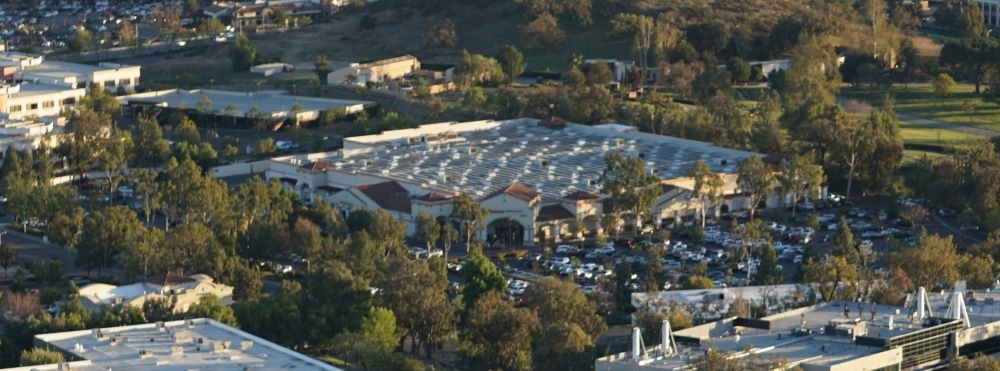1983 Was the Last Year You Could Watch Drive-In Movies in the Conejo Valley
/The Thousand Oaks Drive-In, located behind the current site of the Kohl's Department Store in Newbury Park at 1960 Newbury Road, was closed in 1983. This picture, courtesy of the Thousand Oaks Library Special Collections, was taken by local photographer Scott Harrison on October 11, 1983, shortly after the Drive-In was closed that year.
Thousand Oaks Library Special Collections, News Chronicle Collection. Photo by Scott Harrison.
As you can tell from the sign in the picture, the last two films shown at the Drive-In were "Risky Business" and "Private School." The theater was torn down and eventually Kohl's opened in March 2004.
According to an August 4, 1997 Ventura County Star article, the Thousand Oaks Drive-In opened the first week of August 1967. Seeing this picture certainly brings back childhood memories for me. There are over 150 other movie screens in the Conejo Valley and Ventura County today, but nothing compares to watching a movie while sitting in the comfort (arguably) of your own car!
Grand opening of the Thousand Oaks Drive-In Theatre in August 1967



















